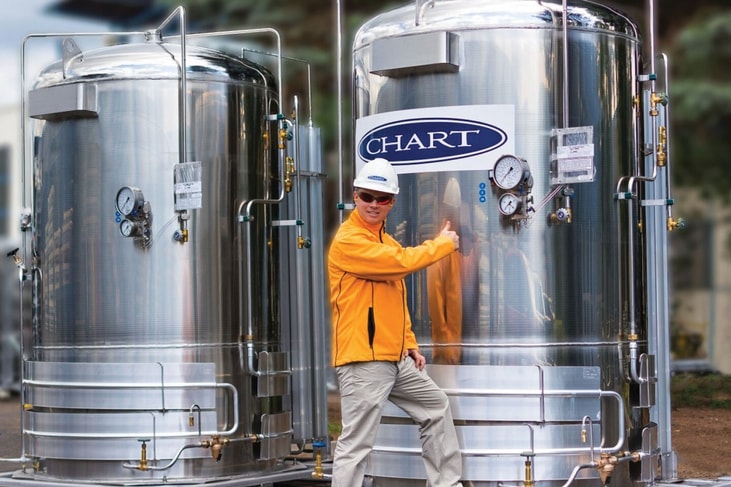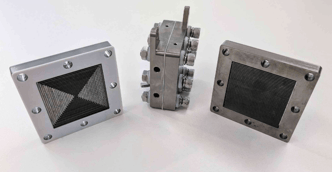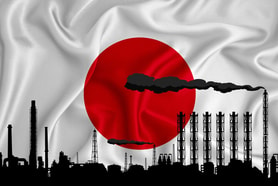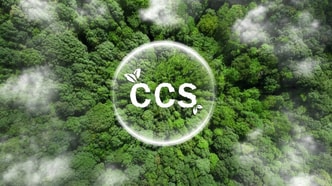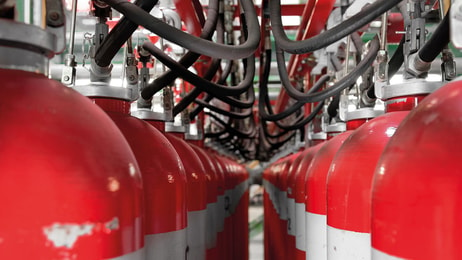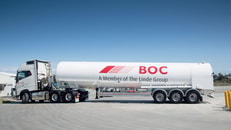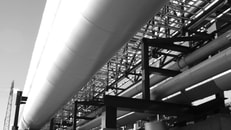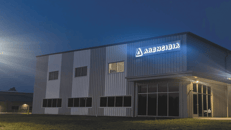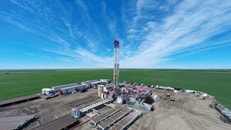The history of microbulk
So what else was going on back in the soaring 1990s, other than the tech-bubble preparing itself for busting? Well, in the small world of the industrial gas space, a little gas company in the UK, and an innovative cryogenic equipment company in Minnesota got together and started brainstorming a better way to deliver liquid molecules to the smaller user.
The gas company was CryoService, and the manufacturer was Minnesota Valley Engineering (MVE) Chart® Industries. The discussion revolved around the question of, “why can’t MVE make a small liquid delivery system for atmospheric gases like it did 10 years earlier with bulk CO2 for McDonald’s® restaurants?”
MVE had pioneered the use of fill-on-site liquid CO2 systems in restaurants as an alternative to exchanging high pressure cylinders on a full-for-empty basis. The reduction in cylinder handling and storage, as well as the elimination of residual losses, turned CO2 from a challenge into a utility. End-users embraced the convenience and safety benefits of a fill-on-site solution. At that time, the old delivery unit technology for atmospheric gases had pressure-building circuits and bolt-on pumps, and it desperately needed efficiency improvements.
... to continue reading you must be subscribed

